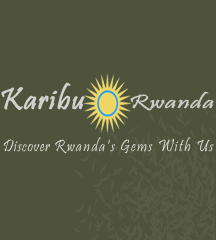Tourist Information
Tourist Guides
Uganda Lakes and Islands

Listing Details
Description
Lakes of Uganda & Ssese IslandsRoughly one-quarter of Uganda’s surface area consists of wetlands, ranging from vast inland seas to the mysterious marshy expanse of Lake Kyoga, formed by the Nile as it drains into a shallow sump at the very centre of the country. The northwestern third of Lake Victoria, the world’s second-largest freshwater body, falls within Uganda’s boundaries, while the impressively scenic Lakes Albert and Edward extend for 150km and 80km respectively along the Albertine Rift Valley floor bordering the Congo.
Renowned for its water birds and dense population of otters, mountain-ringed Lake Bunyonyi is one of Uganda’s most rapidly developing wetland destinations, its steep-sided shores and small islands dotted with rustic hotels and campsites. Another rising attraction is the cluster of 200 crater lakes that extends northward from Queen Elizabeth National Park to Fort Portal, reaching its scenic peak in the vicinity of Kibale Forest, where several forest-fringed lakes have been developed as community-based ecotourism projects.
The jewel in Lake Victoria’s crown is the Ssese Archipelago, whose 84 islands - some large and dotted with local fishing villages, others small and uninhabited – are all well-watered and lushly forested. Mainlanders traditionally revere Ssese as the Islands of the Gods, and one specific island called Bubembe is regarded to be home to Mukasa, the spirit presiding over Lake Victoria.
The Ssese Islands make for an ideal retreat after a long safari, and they also offer superb opportunities for birdwatching and for hooking heavyweight Nile Perch.
source:visituganda.com
Reviews (0)
Quick Links
About
Contact Info
Address:
Uganda: Katasi Road, Plot 203, Block 200, Namulanda, Entebbe Road, Kampala UG
UK: 87 Caernarvon Close, Mitcham, Surrey, CR4 1XE, UNITED KINGDOM.
Phone:
+256.772-370-111, +44.790.863.9450
Email:
karibu@kariburwanda.com




